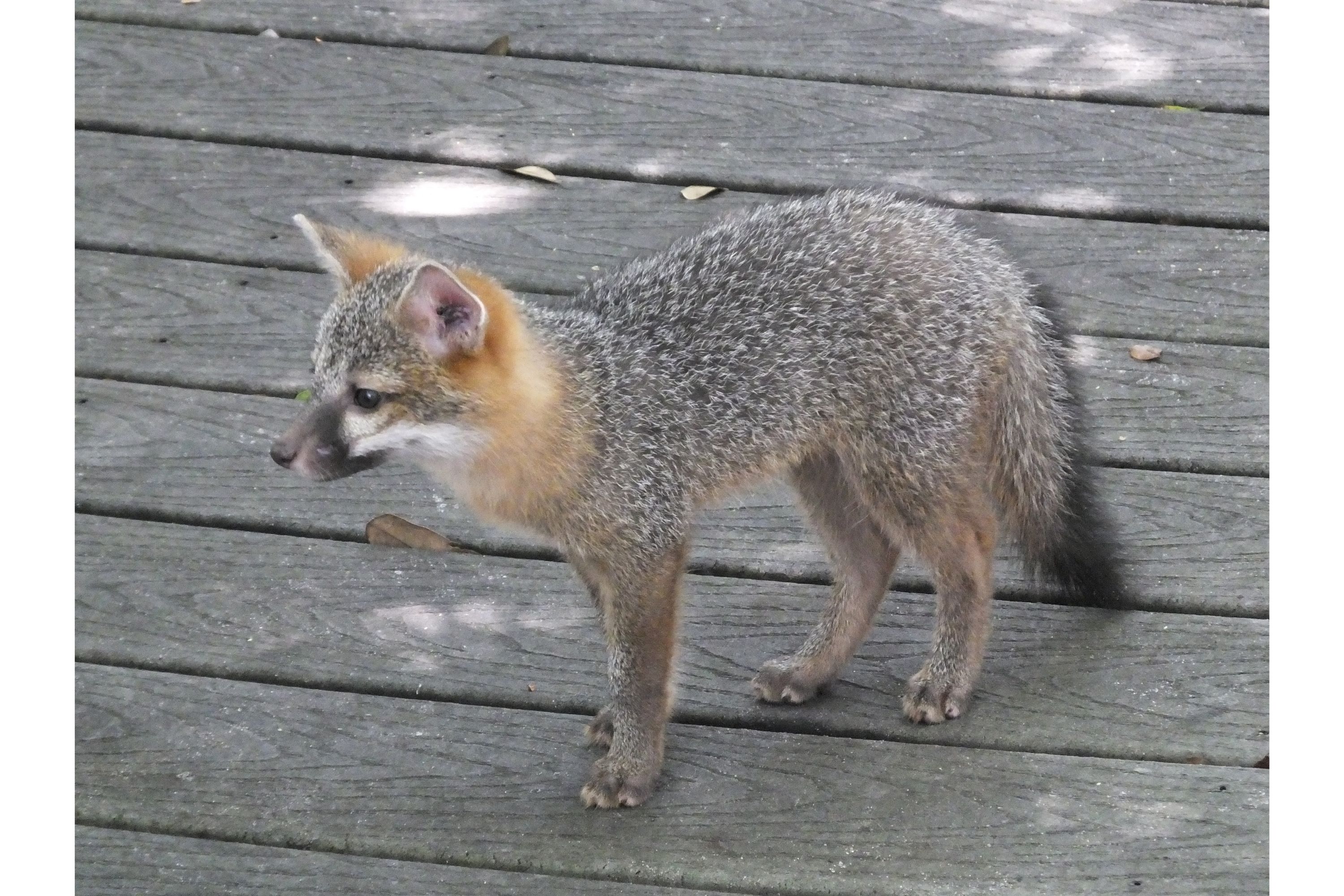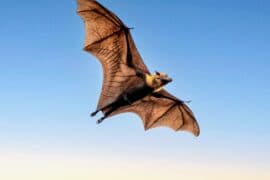Gray fox
(Urocyon cinereoargenteus)

Description
The gray fox (Urocyon cinereoargenteus), or grey fox, is an omnivorous mammal of the family Canidae, widespread throughout North America and Central America. This species and its only congener, the diminutive island fox (Urocyon littoralis) of the California Channel Islands, are the only living members of the genus Urocyon, which is considered to be genetically basal to all other living canids. Its species name cinereoargenteus means "ashen silver". It was once the most common fox in the eastern United States, and though still found there, human advancement and deforestation allowed the red fox to become the predominant fox-like canid. Despite this post-colonial competition, the gray fox has been able to thrive in urban and suburban environments. One of the best examples being southern Florida. The Pacific States and Great Lakes region still have the gray fox as their prevalent fox. The gray fox is mainly distinguished from most other canids by its grizzled upper parts, black stripe down its tail and strong neck, ending in a black-tipped tail, while the skull can be easily distinguished from all other North American canids by its widely separated temporal ridges that form a ‘U’-shape. Like other canids, the fox's ears and muzzle are angular and pointed. Its claws tend to be lengthier and curved. There is little sexual dimorphism, save for the females being slightly smaller than males. The gray fox ranges from 76 to 112.5 cm (29.9 to 44.3 in) in total length. The tail measures 27.5 to 44.3 cm (10.8 to 17.4 in) of that length and its hind feet measure 100 to 150 mm (3.9 to 5.9 in). The gray fox typically weighs 3.6 to 7 kg (7.9 to 15.4 lb), though exceptionally can weigh as much as 9 kg (20 lb). The grey fox is readily distinguished from the red fox by its obvious lack of the "black stockings" that stand out on the red fox. The grey fox has a stripe of black hair that runs along the middle of its tail, and individual guard hairs that are banded with white, gray, and black. The gray fox displays white on the ears, throat, chest, belly, and hind legs. Gray foxes also have black around their eyes, on the lips, and on their noses. In contrast to all Vulpes and related (Arctic and fennec) foxes, the gray fox has oval (instead of slit-like) pupils. The gray fox also has reddish coloration on parts of its body, including the legs, sides, feet, chest, and back and sides of the head and neck. The stripe on the fox's tail ends in a black tip as well.
Taxonomic tree:







